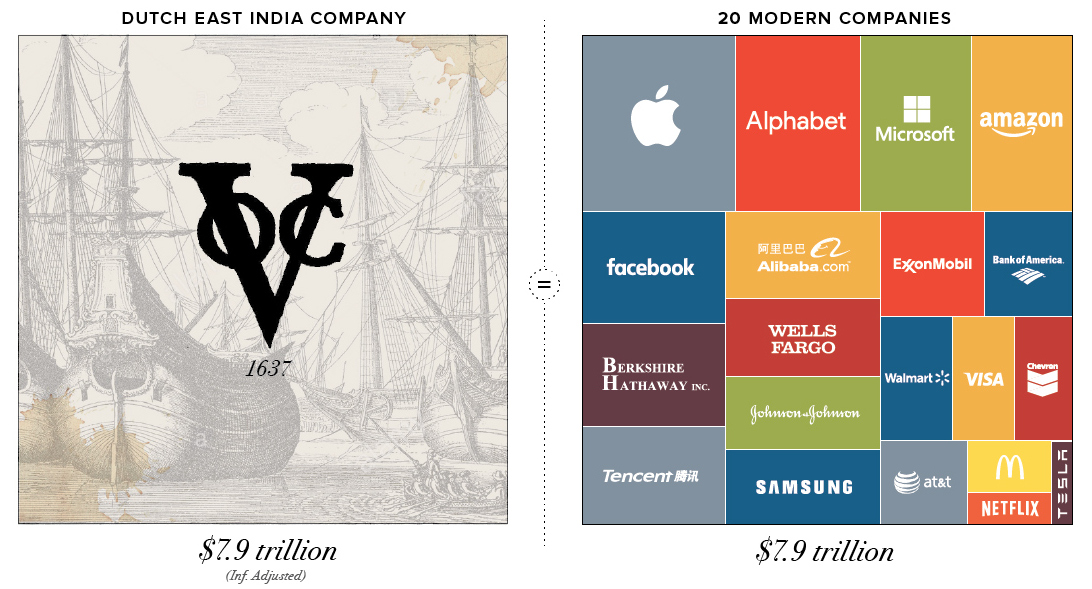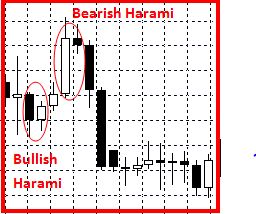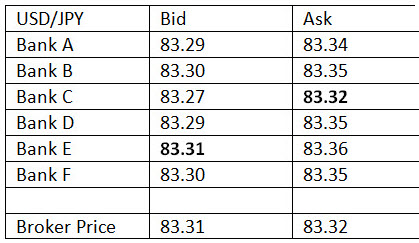

To procure raw materials, pay salaries, ensure that production meets demand, any company needs working capital. It’s crucial to improve the working capital position because businesses often experience a lack of funds for everyday operations. Therefore, there’s a need for a firm to monitor the cash flow for having enough funds to pay off short-term debts without losing ROI in assets. Let’s walk you through several ways to increase your working capital.
For instance, an NWC turnover ratio of 3.0x indicates that the company generates $3 of sales per dollar of working capital employed. Low Turnover → On the other hand, a lower turnover ratio would suggest the opposite, i.e. the company’s working capital spending and day-to-day management are inefficient. While the working capital metric can be used – i.e. current assets minus current liabilities – the net working capital is a more practical measure since only operating assets and liabilities are included.
- Net sales mean the sum total of sales less sales return, discounts, etc., during the period.
- A high working turnover ratio is an indicator of the efficient utilization of the company’s short-term assets and liabilities to support sales.
- The sales of a company over the course of the three-year historical period were provided as assumptions, i.e. $100 million, $125 million and $150 million.
- Leverage Ratios FormulaThe leverage ratio formula depicts the organization’s efficiency in fulfilling the financial obligations by paying off the liabilities and debts.
- Working capital is extremely important for a business to run successfully.
A company and its management, hence, carefully allocate funds in the short run too. Efficient management of working capital will lead to less financial cost and lesser unnecessary expenses and diversions. All of these categories should be closely managed to improve the asset turnover ratio. Company A reported beginning total assets of $199,500 and ending total assets of $199,203. Over the same period, the company generated sales of $325,300 with sales returns of $15,000. Working Capital Turnover Ratio is used to do an analysis of the utilization of short term resources for sales.
What is Turnover Ratios Formula?
Tactics to bridge that gap involve either adding to current assets or reducing current liabilities. For calculating the working capital turnover ratio using this calculator, you are required the following variables only. The asset turnover ratio can vary greatly depending on the industry.
Must be interpreted with care since a high ratio could also indicate a lack of working capital within the company. Most importantly, handling the calculations becomes very hard for businesses. In this case, platforms like Khatabook prove to be of great help. The ratio is a performance measurement of how the company is managed and how the management handles the money. It assists the business in comprehending the connection between working capital investments and the generation of revenue. Determines the amount of revenue earned by the company from the working capital funds available to it.

The working capital turnover ratio is an efficiency and activity ratio. It’s used to gauge how well a company is utilizing its working capital to generate sales from its working capital. It reveals to the company the number of net sales generated from investing one dollar of working capital. The ratio can as well be interpreted as the number of times in a year working capital is used to generate sales. All this information required for the working capital turnover ratio is available from the company’s financial statements. A high working turnover ratio is an indicator of the efficient utilization of the company’s short-term assets and liabilities to support sales.
The use of the average shareholders’ equity is an imperfect compromise to fix the mismatch in timing, yet it is a more accurate approach in comparison to simply using the ending balance. The capital turnover metric estimates the operating efficiency of a company via its allocation of equity capital. This reduces current liabilities because the debts are no longer due within a year. A business that maintains positive working capital will likely have a greater ability to withstand financial challenges and the flexibility to invest in growth after meeting short-term obligations.
Still, non-monetary factors are to be balanced with monetary factors, for example, satisfied stakeholders. A high turnover gives an advantage over the competitors due to better management; the benefit can be passed to customers, which attracts more customers. Optimum utilization of resources is possible as the capital is applied to earn the maximum revenue. David Kindness is a Certified Public Accountant and an expert in the fields of financial accounting, corporate and individual tax planning and preparation, and investing and retirement planning. David has helped thousands of clients improve their accounting and financial systems, create budgets, and minimize their taxes. Adam Hayes, Ph.D., CFA, is a financial writer with 15+ years Wall Street experience as a derivatives trader.
Formula for Working Capital
More specifically, it is the ratio of sales divided by total assets. It shows how many dollars in sales are generated for each dollar of assets invested in the business. Working capital turnover, also known as net sales to working capital, is an efficiency ratio used to measure how the company is using its working capital to support a given level of sales. This ratio shows the relationship between the funds used to finance the company’s operations and the revenues a company generates in return.
Khatabook does not make a guarantee that the service will meet your requirements, or that it will be uninterrupted, timely and secure, and that errors, if any, will be corrected. The material and information contained herein is for general information purposes only. Consult a professional before relying on the information to make any legal, financial or business decisions. Khatabook will not be liable for any false, inaccurate or incomplete information present on the website.

Are to be analyzed to maximize the returns and ensure optimum utilization of resources. The higher the payback period, the higher the capital turnover ratio will be. Equity TurnoverThe equity turnover ratio depicts the organization’s efficiency to utilized the shareholders‘ equity to generate revenue. It is evaluated by dividing the total sales from the average shareholders‘ equity. The disadvantage of the working capital turnover ratio is that it varies widely across and between industries and companies; therefore, for comparison purposes, compare.
Curent Ratio
Suppose for company A, the sales for a particular company are $4000. So, there is a possibility that the profit is reduced even though sales are increased. High turnover ensures the smooth running of the business and attracts more investors. Ensures Increase in workforce efficiency due to better management.
Days payable outstanding is the number of days that a firm spends before settling its account. In the beginning, one with high days payable outstanding is advantageous because it indicates that you’re using the entire duration of your credit. This means you have more working capital to help fuel the growth of your business. Working capital is the capital needed by the company for the day-to-day operation of the business.
Asset Turnover Ratios Aren’t Everything
Managing working capital with accounting software is important for your company’s health. Positive working capital means you have enough liquid assets to invest in growth while meeting short-term obligations, like paying suppliers and making interest payments on loans. In contrast, the current ratio includes all current assets, including assets that may not be easy to convert into cash, such as inventory. Analysts and lenders use the current ratio as well as a related metric, the quick ratio, to measure a company’s liquidity and ability to meet its short-term obligations. Many businesses experience some seasonality in sales, selling more during some months than others, for example. With adequate working capital, a company can make extra purchases from suppliers to prepare for busy months while meeting its financial obligations during periods where it generates less revenue.
This is only one metric, so it should be used in combination with other information. Capital turnover is defined as the ratio of net sales to the total amount of stockholders’ equity. Calculate the average working capital, which is the difference of the values from the previous step. As working capital is the money capital turnover ratio can be calculated by a company uses to run its daily operation, a company with negative working capital is not likely to last long. Entrepreneurs often seek to find out how much revenue their future business can generate. Therefore, before making investments, shareholders calculate how much money their equity can bring during the year.
A high ratio may also give the business a competitive edge over similar companies as a measure of profitability. The working capital turnover ratio compares a company’s net sales to its net working capital in an effort to gauge its operating efficiency. The inventory turnover ratio indicates how many times inventory is sold and replenished during a specific period. It’s calculated as cost of goods sold divided by the average value of inventory during the period. The inventory turnover ratio is an indicator of how efficiently a company manages inventory to meet demand. Tracking this number helps companies ensure they have enough inventory on hand while avoiding tying up too much cash in inventory that sits unsold.
A company may incur an excessive amount of debt to fund additional sales, rather than acquiring more equity. The result is high capital turnover, but at an increased risk level. The company’s total sale is the total turnover of the company in an accounting year or of a period for which the ratio is calculated. Working capital is very instrumental in running the day-to-day activities of a business. It is the amount of money that ensures that the business can pay its short term debts and bills like employees’ salaries.
Sales represent the “top line” of the income statement line, while inventory is found in the current assets section of the balance sheet. If you find that your competitors have higher turnover ratios than you, you’ll know that you need to either increase sales or decrease assets. You can increase the volume of sales through advertising and promotions. You could also reduce costs by optimizing your supply chain, etc. This can increase cash flow, reducing the need to draw on working capital for day-to-day operations. A business may wish to increase its working capital if it, for example, needs to cover project-related expenses or experiences a temporary drop in sales.
For example, higher sales volume might indicate that the company is larger than yours, not necessarily better. A good rule of thumb is at least 1 for average asset turnover ratio. Ratios of companies with low working capital needs may get away with 0.5 or less. This depends on the nature of their business and the time period.
Indicates the efficiency with which a company generates its sales with reference to its working capital. That is why it is important to take the average of working capital. The working capital for Hindalco for the two respective periods is 9634 and 9006. The below snapshot depicts the variables used to calculate this ratio. Short Term AssetsShort term assets are the assets that are highly liquid in nature and can be easily sold to realize money from the market.
You are required to calculate and interpret the working capital turnover ratio of all these five companies. The ratio measures the efficiency of how well a company uses assets to produce sales. A higher ratio is favorable, as it indicates a more efficient use of assets. Conversely, a lower ratio indicates the company is not using its assets as efficiently.
